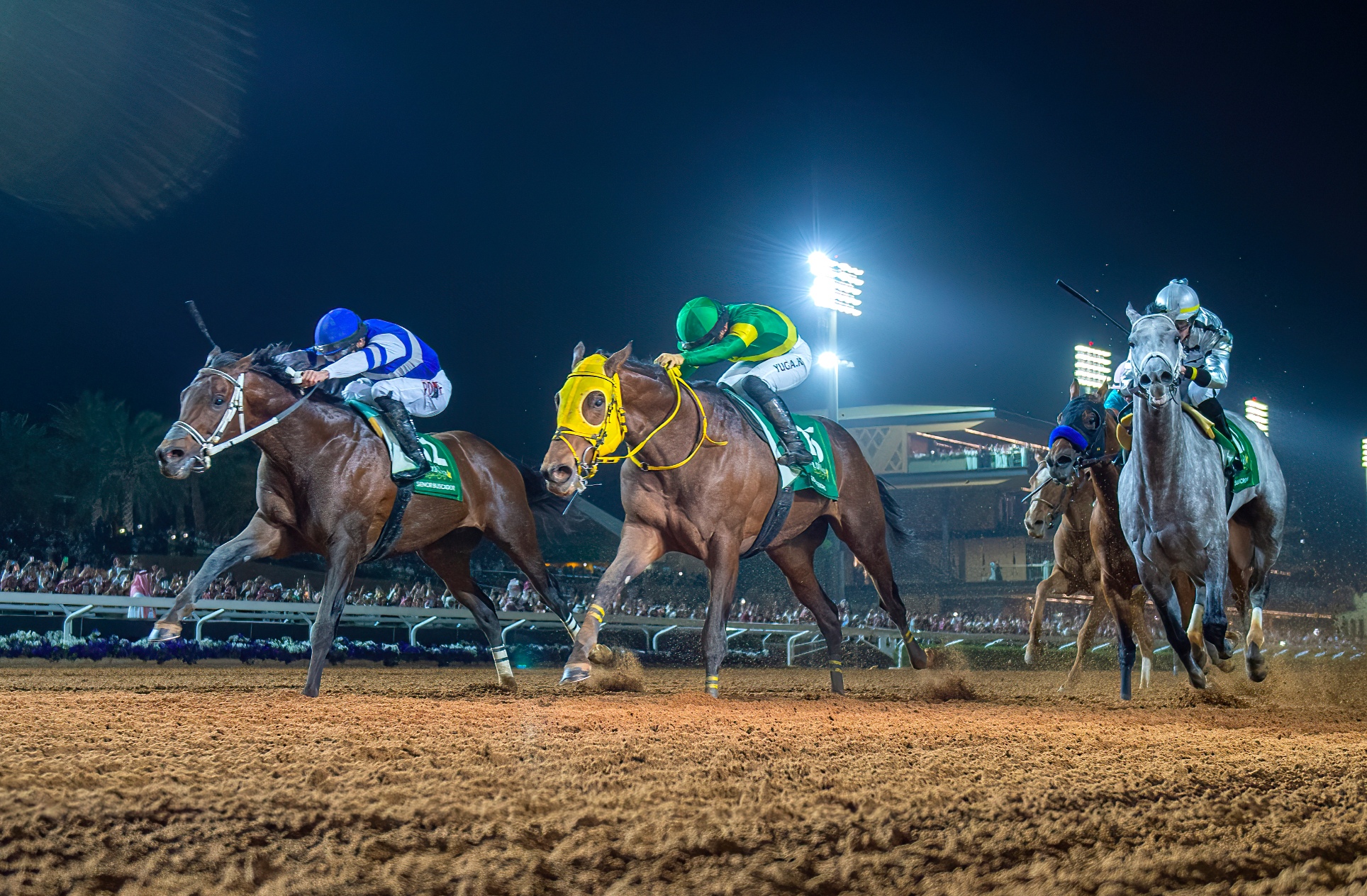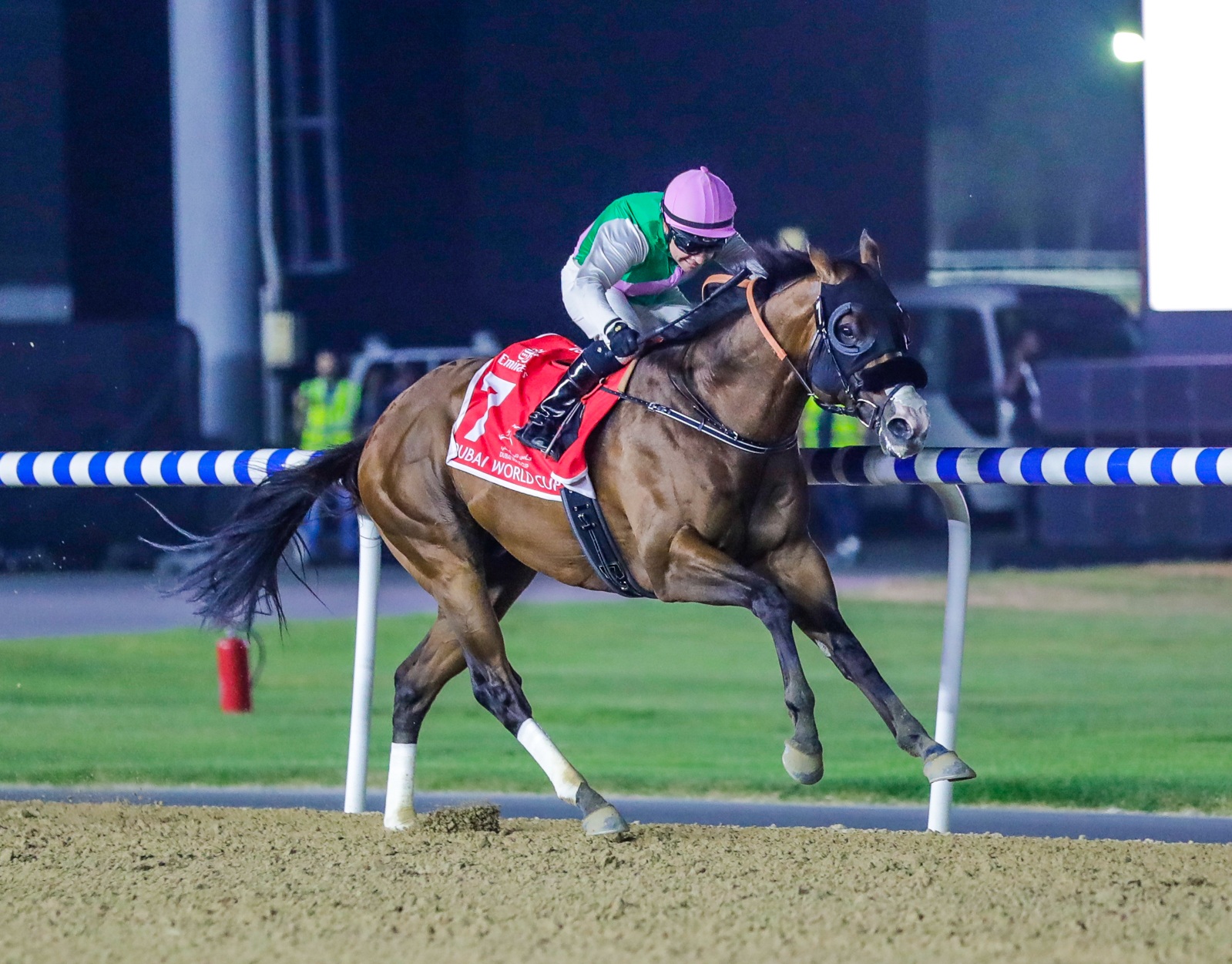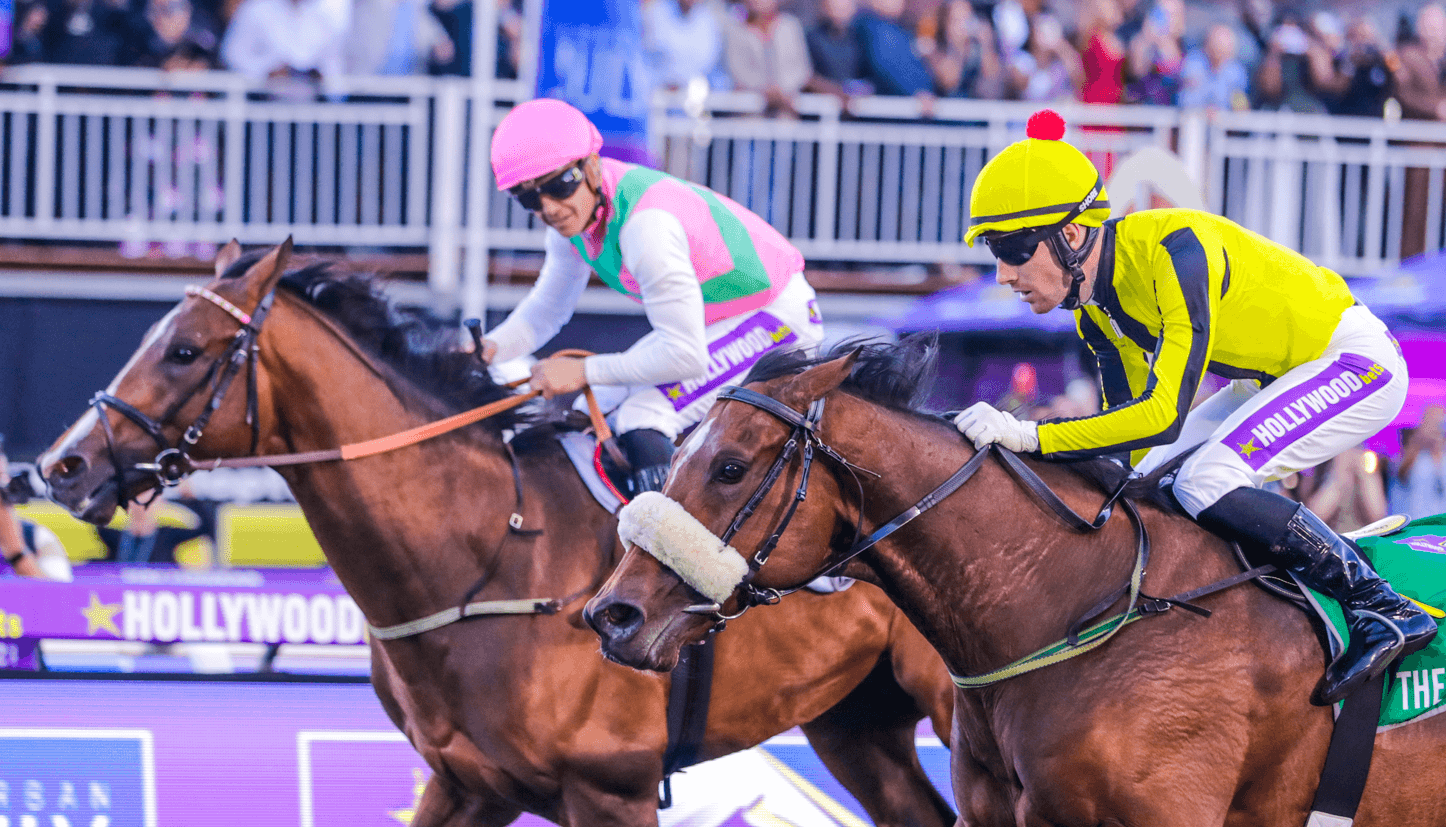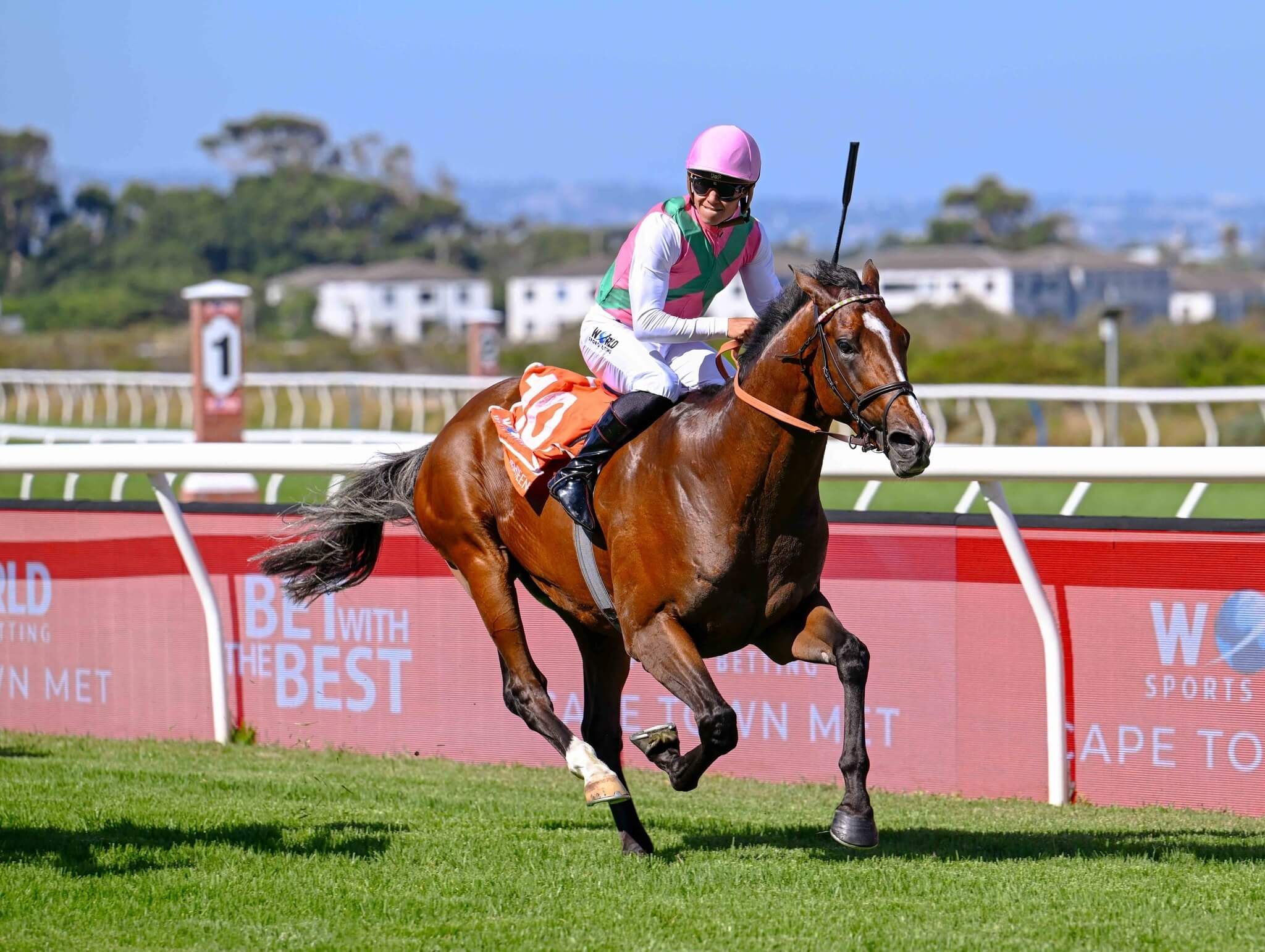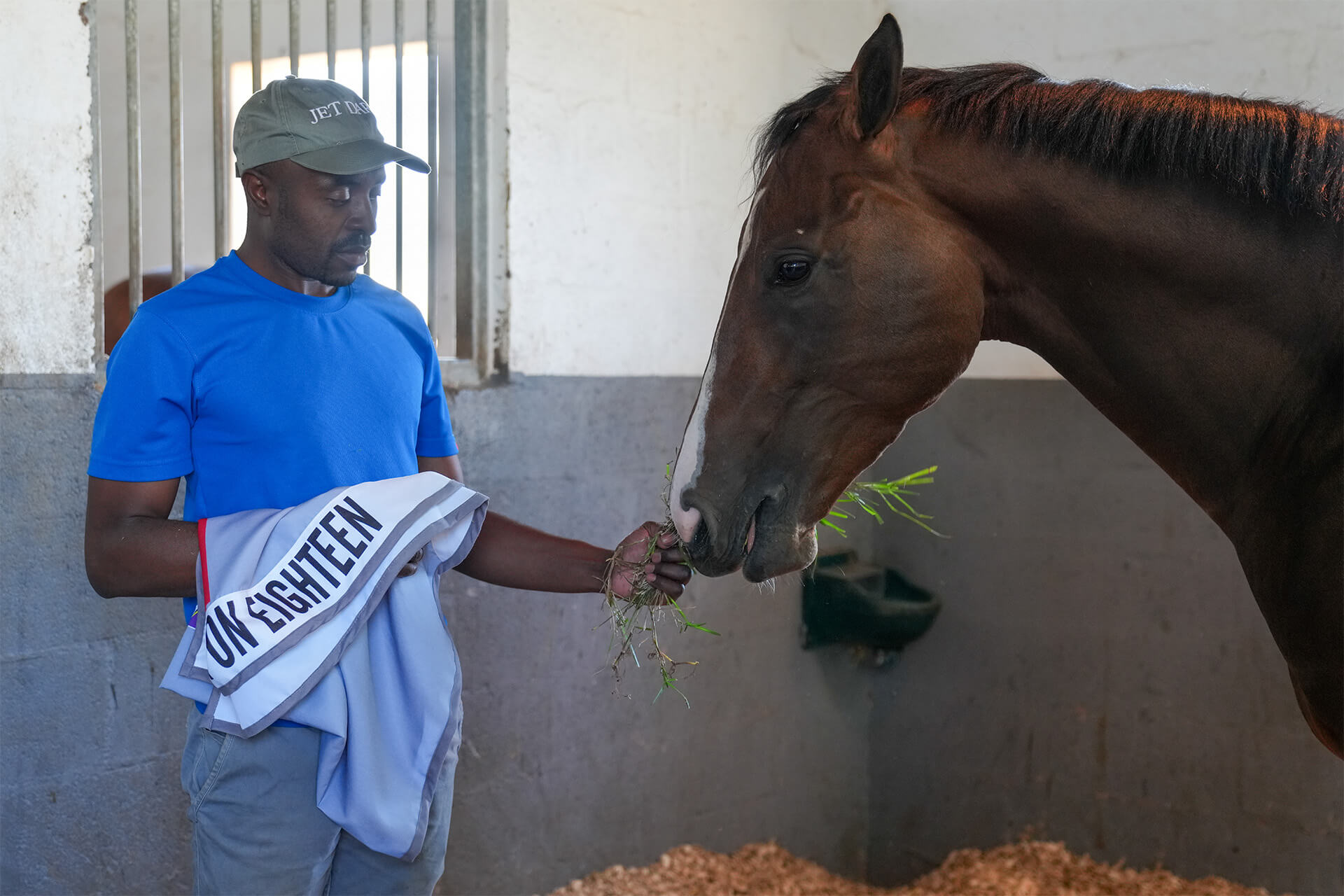Romantic Warrior will attempt to join an elite group that includes greats like Seabiscuit, Count Fleet, Mill Reef, Alleged, John Henry, Sunday Silence, Cigar, Dubai Millennium, Curlin, California Chrome and Arrogate when he steps out in Saturday’s US$20 million G1 Saudi Cup (1800m) in Riyadh.
Each of those horses has won the world’s richest race in a calendar year over the past century, a title that has been shared by 15 different contests across six separate countries.
A century ago, the Epsom Derby was the world’s richest race. Shanghai-based bullion broker Henry E. Morriss, who owned 1925 winner Manna, received a winner’s cheque of £11,095 (HK$108,700) – the equivalent of £862,000 (HK$8.45 million) today.
That prize equates to almost 43 times the approximate British annual wage of £260 that year. Compare that to the Saudi Cup first prize of US$10 million (HK$93.3 million), which is more than 250 times the current approximate British annual wage of £37,430 (HK$366,250).
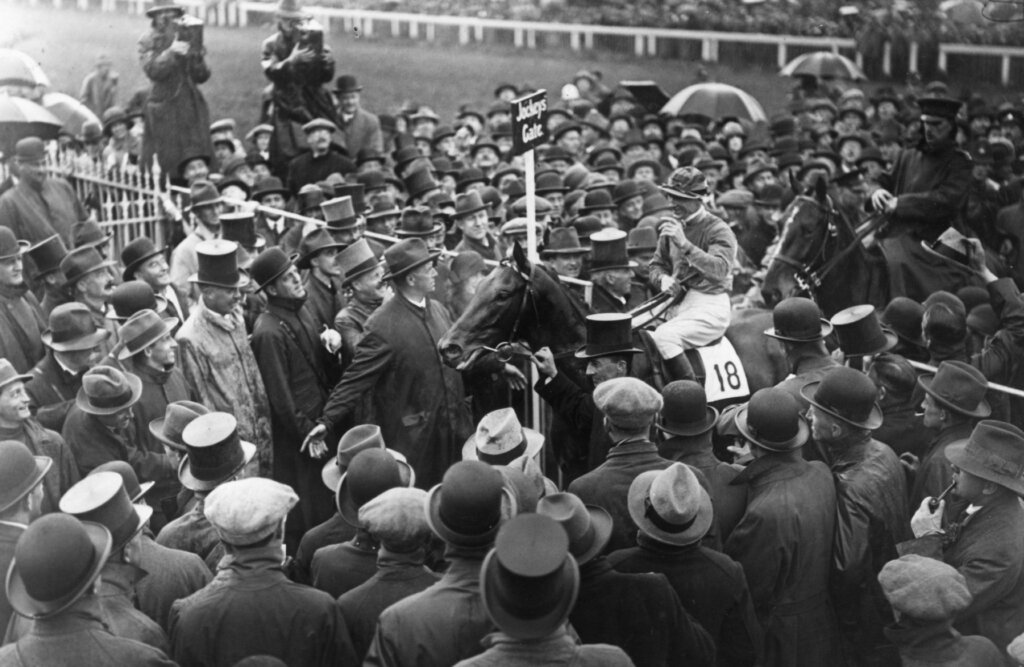
Given the Derby’s undisputed status as the benchmark race for the thoroughbred, it is perhaps no surprise that it was also the pinnacle event globally – both in terms of purse and prestige. It is also apt that its fall from the top spot closely mirrored the economic and political decline of the British Empire as the centre of power moved across the Atlantic.
The Agua Caliente Handicap in Tijuana, Mexico, briefly held top spot in 1930 – although it had been usurped by 1932 when the mighty Phar Lap travelled from Australia to take the prize – while the Santa Anita Handicap, the Hollywood Gold Cup and the Santa Anita Maturity, all across the border in California, were the world’s richest at different times between 1935 and 1951.
Surprisingly, three two-year-old races have also offered the largest purse globally. New York’s Belmont Futurity Stakes held the title in 1928 and 1929 before reclaiming the crown in 1931 for four years. In 1953, the Garden State Stakes in New Jersey soared to the top of global rankings, remaining in that position until the Arlington-Washington Futurity was launched in Illinois in 1962.
The 1970s was once again dominated by France’s flagship Prix de l’Arc de Triomphe, before the Americans again returned to the fore. The first US$1 million race, the Arlington Million, was won by John Henry in Chicago in 1981 before the Breeders’ Cup and its showpiece, the Classic, was introduced for a massive purse in 1984.
The late 1990s saw the emergence of the Dubai World Cup. It surged to the top of the world from its fourth running in 1999, marking a new era in global racing; aside from the first two Pegasus World Cups in 2017 and 2018, the Middle East has since been home to the world’s richest race.
This was cemented when the Saudi Cup was first run in 2020. The top two races in 2025 will be the Saudi Cup and the Dubai World Cup, with Australia’s The Everest third on the list.
Should Romantic Warrior win, he will cement himself as the world’s highest earner of all time, more than HK$100 million clear of second Golden Sixty. The best chance for a horse to challenge him will be a Kentucky Derby winner who can go on to add the Breeders’ Cup Classic, Saudi Cup and Dubai World Cup – a tall order indeed.
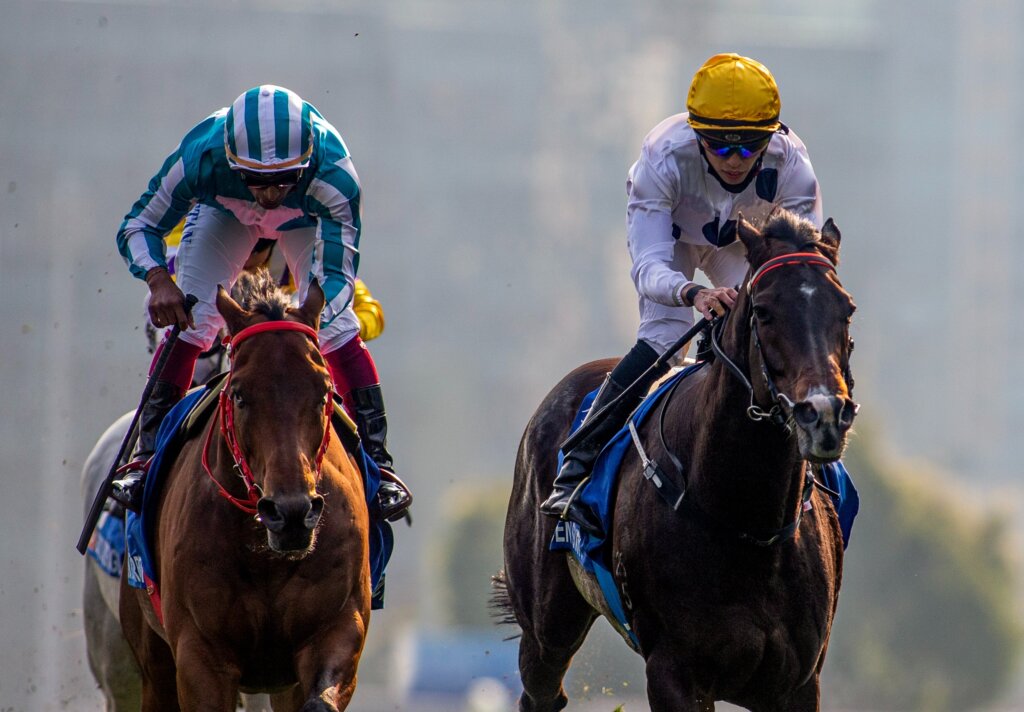
Notably, the top two highest earners ever are from Hong Kong, even though it doesn’t offer the same exorbitant purses as some other jurisdictions.
Of course, Golden Sixty never raced away from Sha Tin, while the vast majority of Romantic Warrior’s prizemoney – 85 per cent to date – has been earned at home. That will of course change should he win on Saturday in what will mark another historic moment for Hong Kong racing ∎

